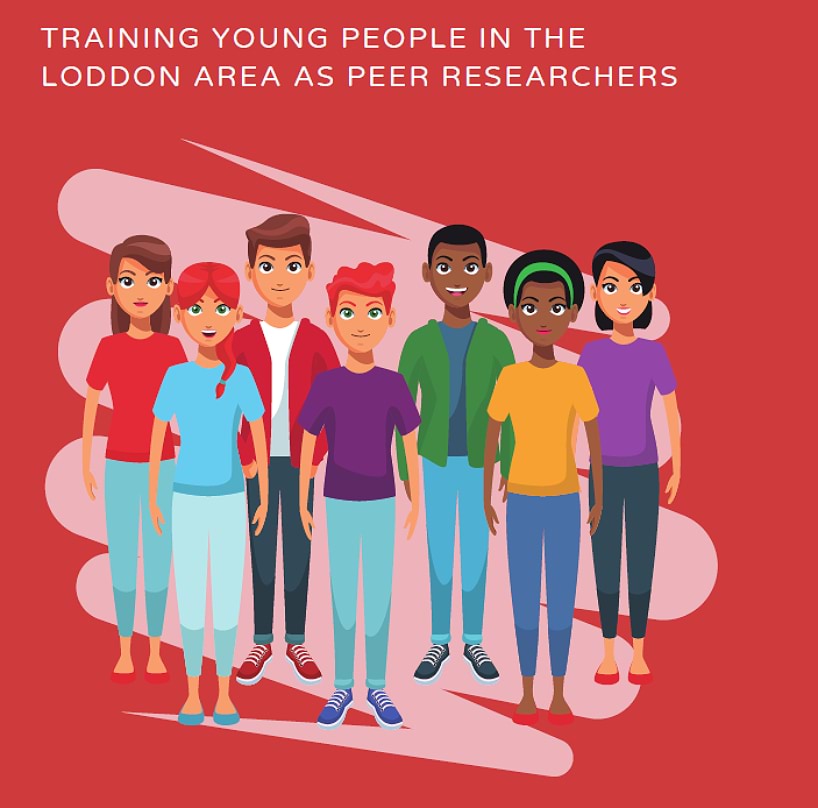This case study shows
The need to invest in young people as ‘peer interviewers’ who bring client voice into co-designed policy and services.
It also shows the following ‘principles for meaningful participation’ in practice:
- Children and young people know how they can participate and are engaged in ways that make sense to them
- Participation is sought from children and young people with lived experience.
About this case study
Young people living in the Loddon area identified that many young people prefer to speak with other young people when contributing their voices and views.
However, there was a lack of local, professionally trained, skilled and accessible youth peer interviewers in the Loddon area.
The Community Partnerships team engaged Thorne Harbour Health to manage the We Hear YOUth project to design and deliver accredited training in peer interviewing techniques to local young people aged 15 to 25 years.
We Hear YOUth adopted a co-design approach, ensuring training participants had a significant influence on the design and delivery of the training. Youth-focused, accredited education and training providers, Victoria University and YLab, conducted the training itself.
Thorne Harbour Health also gave participants study and wellbeing supports.
As part of the training’s supervised and supported workplace learning element, two local governments invited participants to undertake youth consultations for council’s municipal health and wellbeing 4-year plans.
On completion, the young people received a certificate of completion and reference letter.
Benefits
- Loddon Area now has access to local, skilled and accredited peer interviewers.
- We can engage these youth peer interviewers when we invite young people to contribute to future work (such as projects, policy, service design and delivery, research).
- Increased opportunity for local projects and initiatives to be designed and delivered by youth, for youth and with youth, making them more relevant, effective and appropriate.
- Participants reported increased confidence, and leadership and interpersonal skills.
- Participating organisations increased their recognition of the importance of engaging meaningfully with young people by participating organisations.
- Improved place-based delivery on the department’s Client voice framework for community services.
The young people gained work experience, leading to the following immediate outcomes:
- Involvement in North Central Local Learning and Employment Network’s Youth Takeover project
- 3 of the young people started a small consultancy (called Activate Youth Voice) to support organisations to better engage with young people on their needs, opinions and concerns
- Activate Youth Voice developed principle-based criteria for accepting engagements, including that projects need to be values-based and for a clear purpose that provides genuine mutual benefit for young people who agree to be interviewed.
Success factors
- Sharing power with young people.
- Meaningful engagement for and with youth participants
- Young people brought a sense of agency to the project
- Having young people on the steering committee
- A strong participatory model, with youth input and direction at the centre
- Fully subsidised training so that cost was not a barrier for young people with lived experience of disadvantage.
- Youth peer interviewers supported to develop the specific and accredited skills and knowledge needed to undertake interviews in a way that is safe, ethical and authentic for the interviewer, interviewee and the commissioning agency
- Engaging youth-focused project partners on delivery (Thorne Harbour Health, YLab and Victoria University) and evaluation (Centre for Excellence in Child and Family Welfare (CFECFW) and the Outcomes, Practice and Evidence Network (OPEN)).
What young people say
I felt like when I shared ideas they were heard and they were respected, and I felt like I was given that space to do so, which then obviously helped a lot.
– End of project evaluation report
Download the case study
Updated

